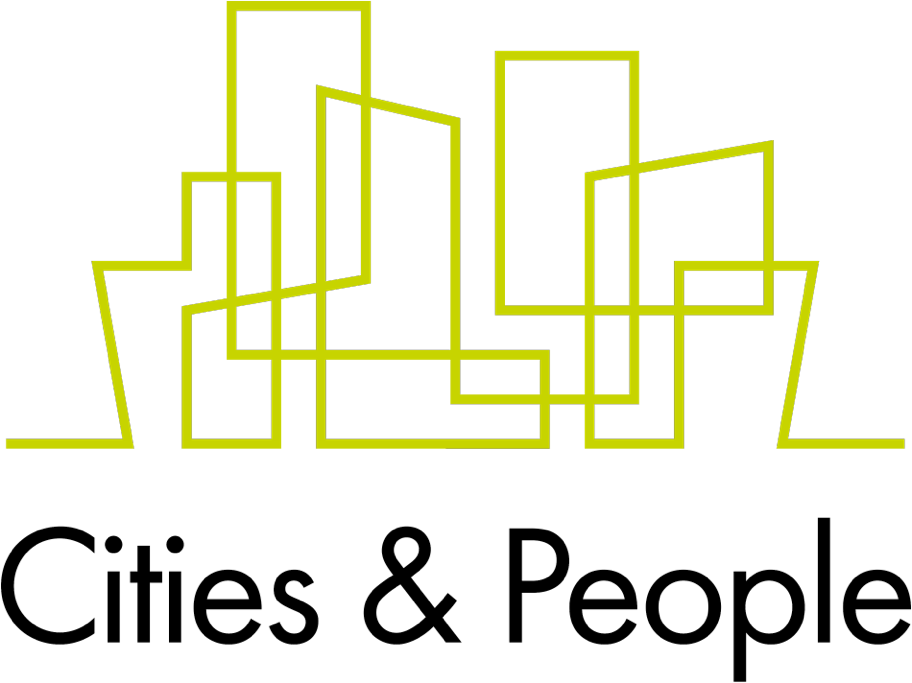Take Up Space for Race and Class
Apparently my Inner Jet-Legged Child had had enough this morning, and somehow I managed to sleep through my cell phone alarm and miss the first #Eval17 session of the day. That's definitely never happened before, and I travel a lot, but I suppose it's also a testament to what a beast this conference is. Sensible shoes and yogurt-scarfing on the run everywhere, so I imagine I'm in good company when I note just how intense this event is.
Part of that intensity, however, is not physical at all – it's mental, even emotional. Though I slept through my 8:00 am session, I made it to the Dialogue on Race and Class plenary (and even snagged a front row seat), and I'm so glad I was there. Everybody loves Dr. Melvin Hall, and I'm with everybody – he is not only an amazing scholar with a record of working on behalf of, in particular, our most at-risk students, he is also just a lovely person that brings warmth to even the most serious conversations.
Not a good photo, but the one I took.
Dr. Hall's previous work with the National Science Foundation in support of the Relevance of Culture in Evaluation not only paved the way for STEM reform on behalf of under-represented students, but also provided an exemplar for how we evaluators can center race, gender, and class in our work. Dr. Hall continues that service now as a member of the Inclusive Excellence Commission of the Association of American Colleges and Universities (AAC&U) and the External Advisory Committee for the Collaborative for the Advancement of STEM Leadership (CASL).
For AEA, Dr. Hall has spent the last year, with support from the W. K. Kellogg Foundation, moderating and producing three national events in the video-event series "Dialogue on Race and Class in America," and it was this work that he was sharing with us this morning. The three dialogues were designed to illuminate the complex issues of race and class within institutional structures, including through attention to social patterns that allow negative effects to remain, despite the fact that few of us who evaluate programs and policies condone the practices and outcomes we observe.
The focus of the plenary reiterated data collected in the dialogues – structurally, rooted, and deeply intertwined disparities of race, class, and gender are omnipresent in our society. Despite claims by some that racism has been reduced since the Civil Rights Movement, research and lived experience tells us otherwise. What is that we need to learn or unlearn in order to topple these structural inequities and transform our society into one that is truly equal?
Much of what was covered in the plenary is content I teach in my Structural Inequities and Public Health course – how the GI Bill and redlining created inter-generational wealth disparities, how the failure to disaggregate demographic data has created false findings for some communities, and how we not only need to address individual interaction when it comes to race and class, but that we must act powerfully and in alignment to address disparities at the structural level.
But what was most resonate about the plenary was that it was us – "us," about three thousand evaluators – packed into a ballroom in the nation's capital and hanging on Dr. Hall's every word. My hope is that everyone in the room took his conclusions and the imperatives of his panelists across the country to heart: that as a discipline, we must "take up a lot of space" with our focus on race and class; that as evaluators, we need to think, for instance, less about how people do in the programs we evaluate and more about how the program shows up in participants' everyday lives, even in the lives of their fellow community members. If we are evaluating a job training program, how can we push our clients toward examining community-level impacts? How can we get them to think about, prepare for, measure not only how such a program impacts the person they are training, but how it impacts that persons' family members, her or his children, and her or his grandchildren?
Photo: American Evaluation Association
I was so excited to hear this message as the key focus of my chosen profession, and to hear that association leadership were considering competence in race and class issues as key enough to member professionalization that they were planning to incorporate these ideas into our Guiding Principles for Evaluators. I hope that in the months to come, AEA and affiliated programs, such as The Evaluators' Institute, take this call seriously enough to offer a robust curriculum for evaluators who may not have the opportunity to build their competence without support.
And now, with a little time off my feet, I'm looking forward to the afternoon sessions!
Laurie Jones Neighbors is an independent consultant and educator who specializes in developing, implementing, and assessing programs and educational experiences in support of equitable political representation and local, regional, and national decision making by low-income communities and communities of color.





